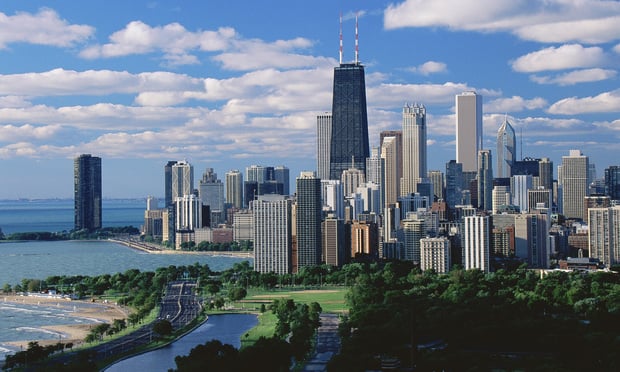To be fair, it was a mixed-use conference, so it's understandable that the praises of collection-style developments would be praised at this conference. Steiner told the audience of about 200 retail professionals that mixed-use projects, touted for the past three to five years as the next fad in retail, are now officially mainstream, so much so that communities are insisting on the product type. "Planners now are requiring mixed-use components with many new projects," he said.
He broke down the growth cycle of mixed-use, retail-led projects into three time periods. From 1985 to 1995, there were new developments such as Horton Plaza in San Diego or CocoWalk in Coconut Grove, FL, where developers experimented with leisure, attraction anchors such as movie theaters, by moving these destination tenants to the front rather than the rear of the property. "This is about the time we started to hear about urban entertainment centers, and when we learned how to make the parking requirements co-exist," Steiner said.
From 1995 to 2005 was the growth period for mixed-use, with projects such as Dolphin Mall in Miami and Easton Town Center in Columbus, the latter a milestone in proving that open-air, lifestyle communities could work in a cold climate, he said. Also, newer enclosed malls popped up, but started to include more types of other property with the mixed-use development, including hotels and residential.
Now, he said projects such as Santana Row in San Jose and the Greene in Dayton, OH show how complete mixed-use projects can succeed. Going forward, Steiner said, mixed-use projects will be larger, though each segment will likely have to be separately financed; public, destination spaces will overtake department stores as the main anchor to the project and more communities will demand high-quality, mixed-use projects, with a larger portion of the development being non-retail.
The conference chairman, C. David Zoba, had another small presentation for the audience, regarding the troubled economy and its effect on the retail market. Some data was very telling, he said, such as the CMBS trading down from $136 billion in 2007 to $12 billion in 2008; or that retail sales have increased 2.3%, though that figure is only due to discount stores' success. "Without Wal-Mart, the entire industry would be down about 4%," Zoba said.
However, he said there's many signs that point to retail withstanding and surviving the economic slowdown, especially those projects that include mixed-use centers. "We're not suffering from overbuilding, as we did a little more than a decade ago," he said. "Also, look at the demographics. Population estimates show the US having about 440 million people by 2050." Also, though there has been some store closings, including the recent bankruptcy and massive store closure plan by Circuit City, "there haven't been as many closings as in past downturns--yet."
Another main topic of the day at the conference was General Growth's fall below $1 a share, down to 49 cents per share at the close. However, in a private interview after his speech, Steiner tells GlobeSt.com that it wasn't bad property that has collapsed GGP. "They're a major player that made the wrong bet on excess leveraging," he says. "The fundamentals are solid, retail is still very healthy. Their problem is purely financial."
© Touchpoint Markets, All Rights Reserved. Request academic re-use from www.copyright.com. All other uses, submit a request to [email protected]. For more inforrmation visit Asset & Logo Licensing.






